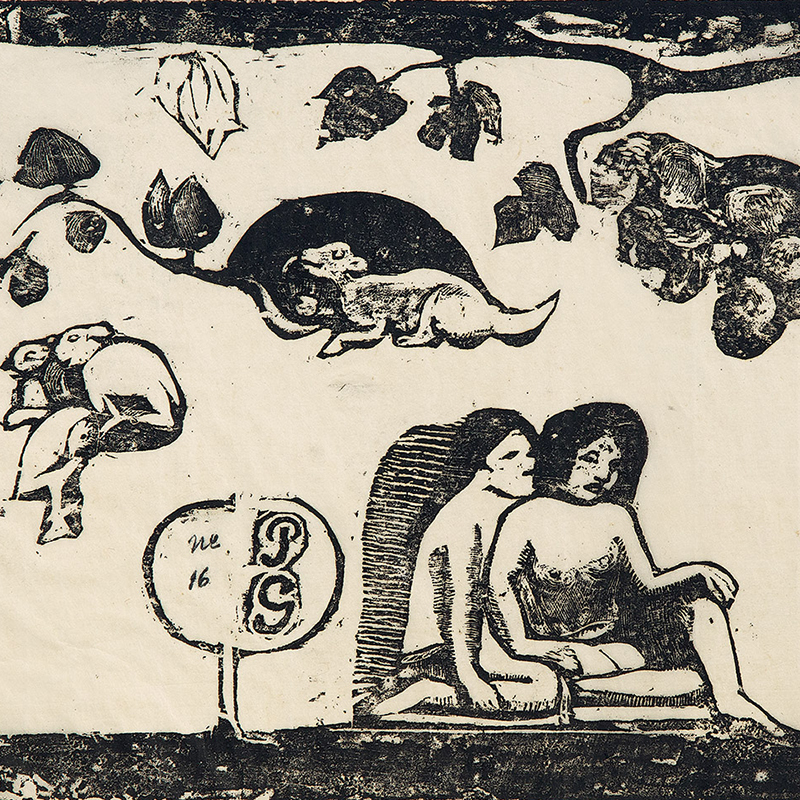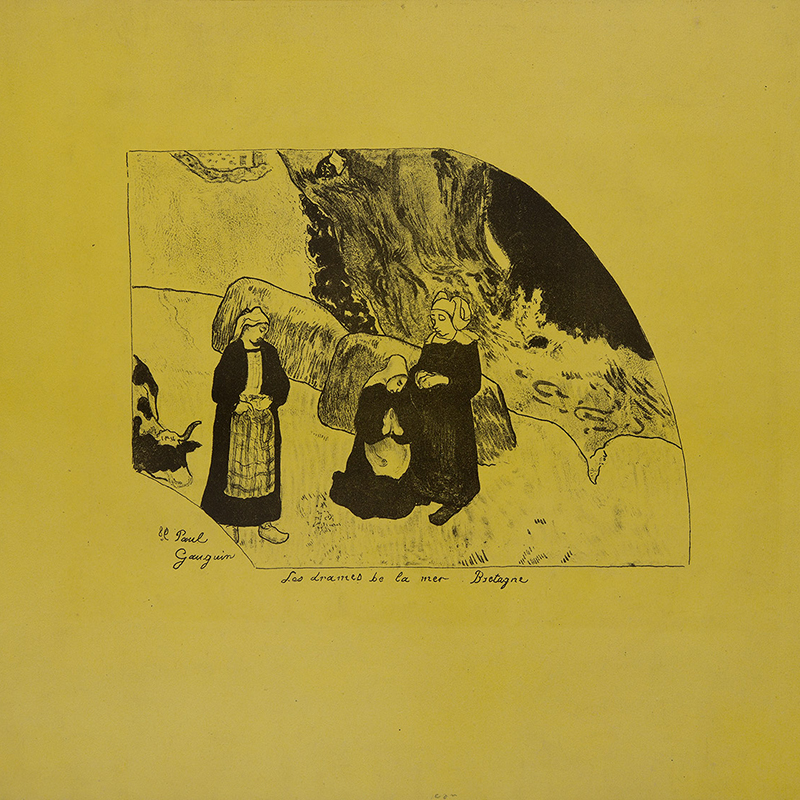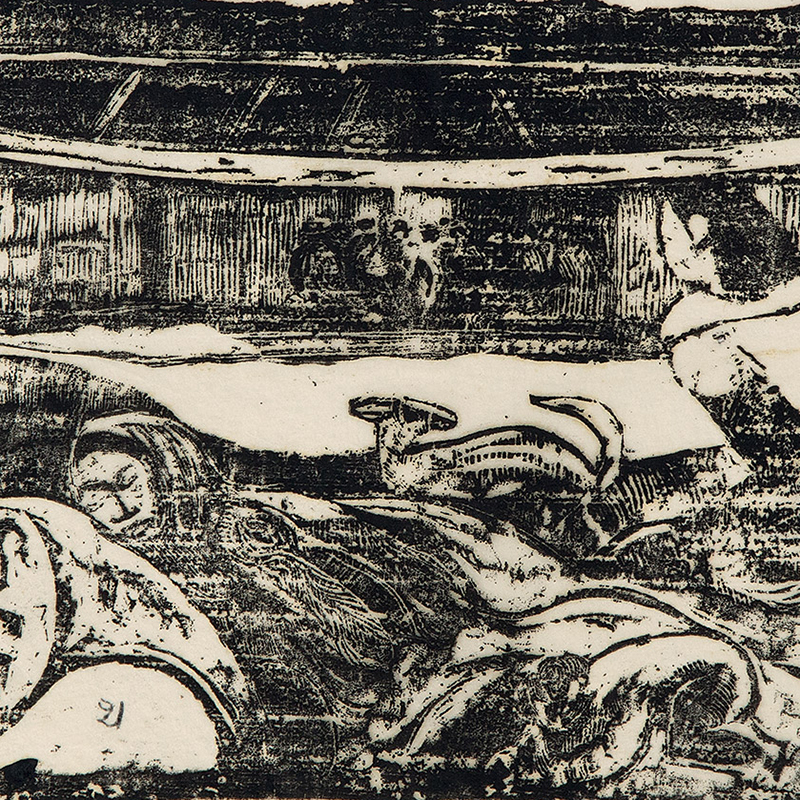Biography
Parigi 1848 - Atuona 1903
Gauguin was born in Paris, but his family moved to Peru when he was a young child. His journalist father died on the journey to South America. Eventually returning to France, Gauguin took to the seas as a merchant marine, he was also in the French Navy for a time and then worked as a stockbroker. In 1873 he married a Danish woman named Mette Gad. The couple eventually had five children together. Gauguin began painting in his spare time but quickly became serious about his hobby. One of his works was accepted into the Salon of 1876 in Paris. Gauguin met Camille Pissarro around this time, and his work attracted the interest of the Impressionists. Gauguin was invited to show at the group's fourth exhibition in 1879, and his work appeared among the works of Pissarro, Edgar Degas, Claude Monet and other artists.
By 1883, Gauguin had stopped working as a stockbroker so that he could fully devote himself to his art. He also soon parted ways from his wife and children, and eventually went to Brittany, France. In 1888, Gauguin created one of his most famous paintings, Vision of the Sermon. In the same year Gauguin spent several weeks together with his friend Van Gogh in the latter's home in Arles, but their time together ended after van Gogh pulled a razor on Gauguin during an argument.
In 1891, Gauguin sought to escape the constructions of European society, and he thought that Tahiti might offer him some type of personal and creative freedom. Upon moving to Tahiti, Gauguin was disappointed to find that French colonial authorities had westernized much of the island, so he chose to settle among the native peoples, and away from the Europeans living in the capital.
Around this time, Gauguin borrowed from the native culture, as well as his own, to create new, innovative works. In La Orana Maria, he transformed the Christian figures of the Virgin Mary and Jesus into a Tahitian mother and child. Gauguin made many other works during this time, including a carved sculpture.
In 1893, Gauguin returned to France to show some off his Tahitian pieces. The response to his artwork was mixed, and he failed to sell much. Critics and art buyers didn't know what to make his primitivist style. Before long, Gauguin returned to French Polynesia. He continued to paint during this time, creating one of his later masterpieces, the canvas painting Where Do We Come From? What Are We? Where Are We Going?, Gauguin's depiction of the human life cycle.


